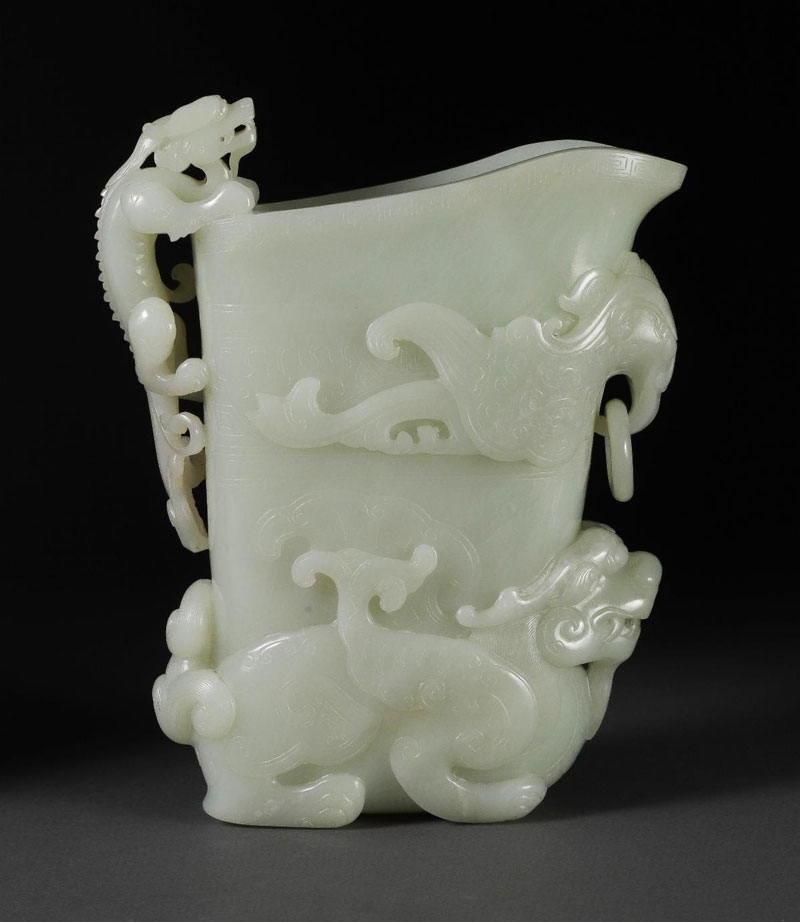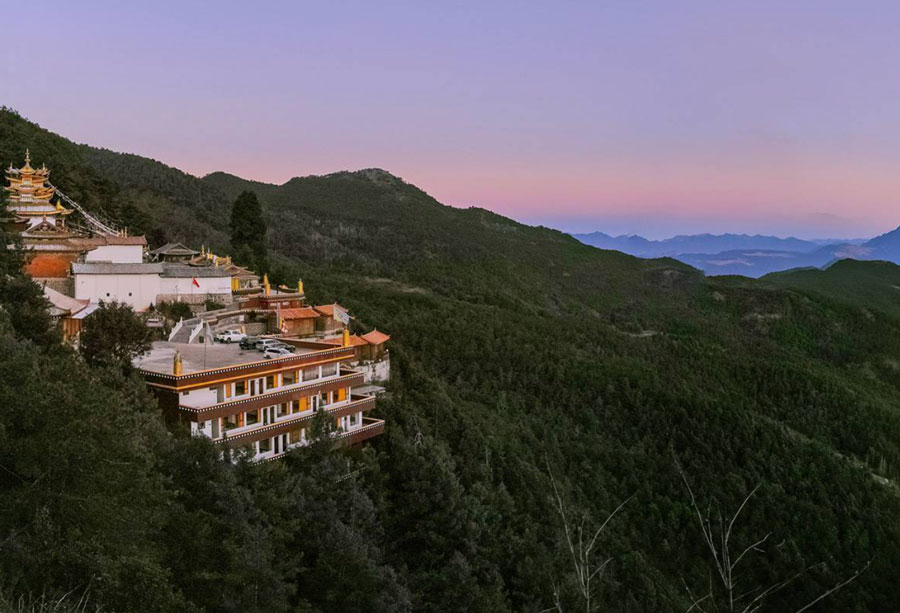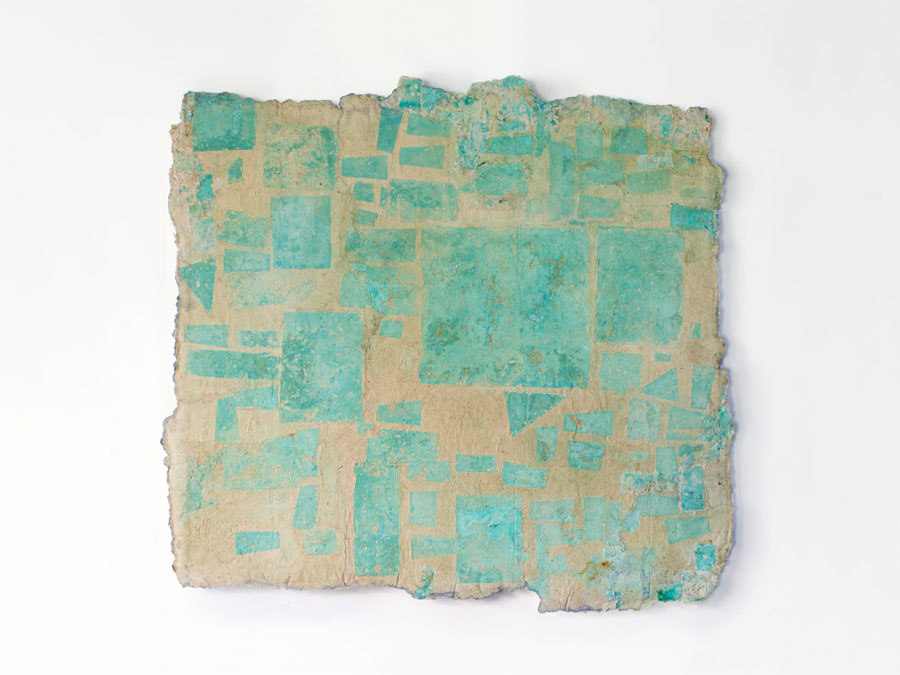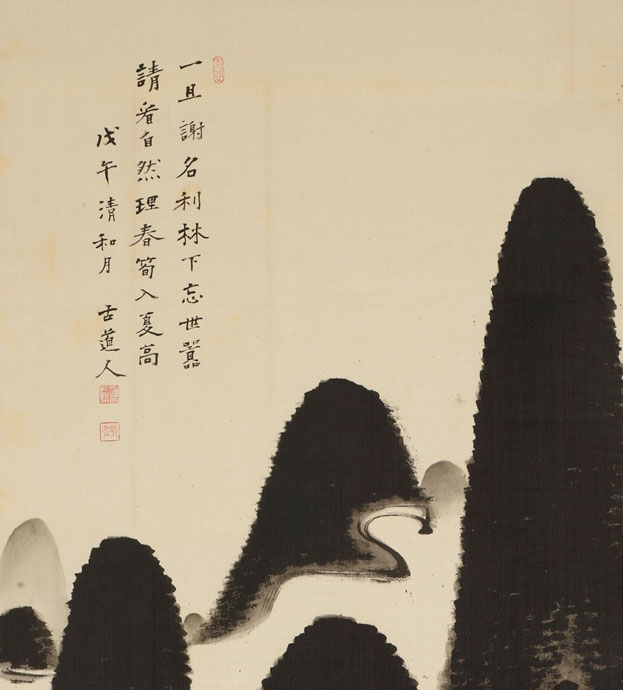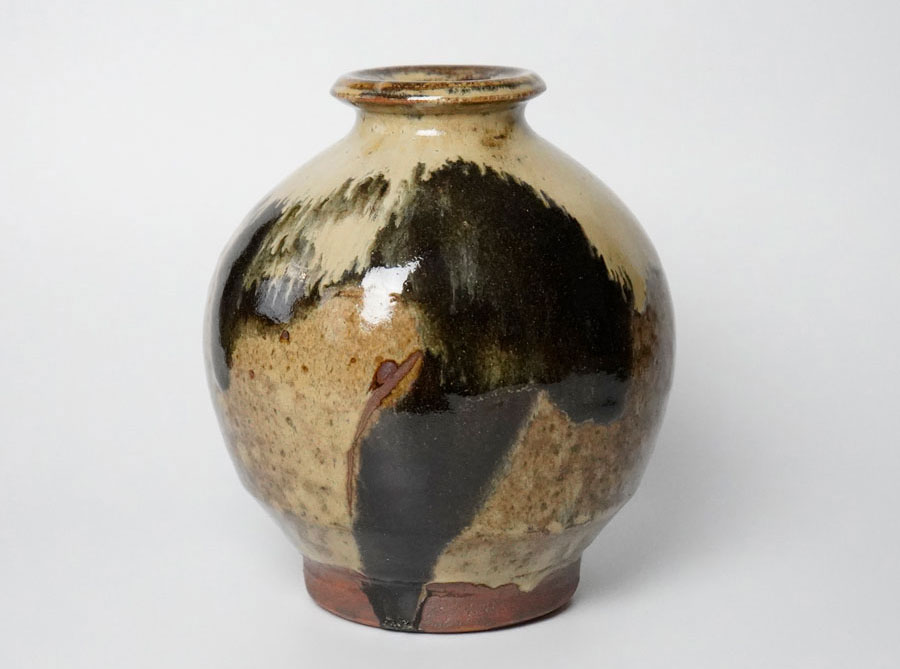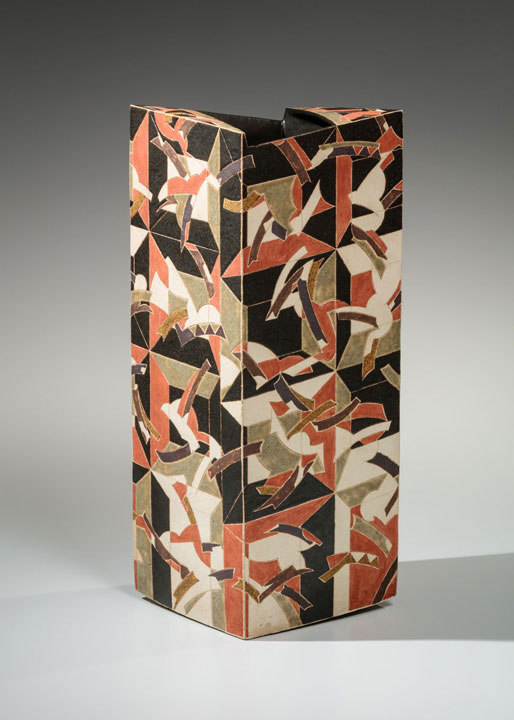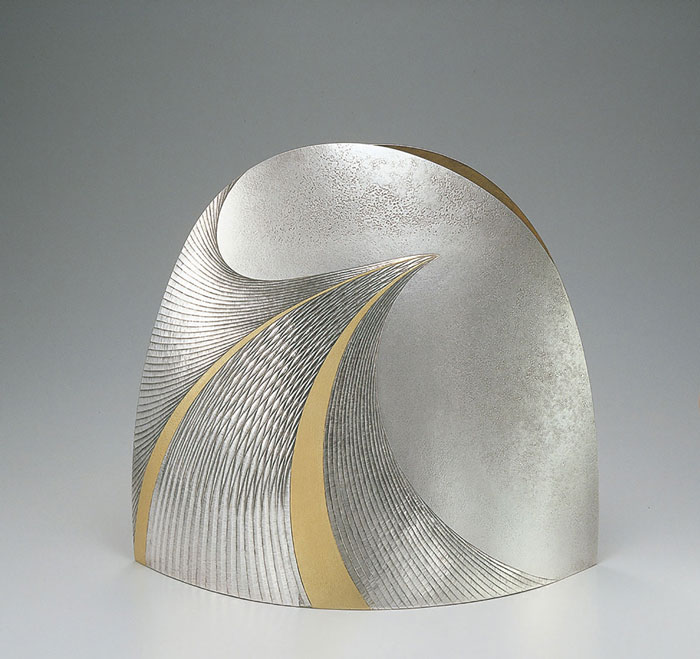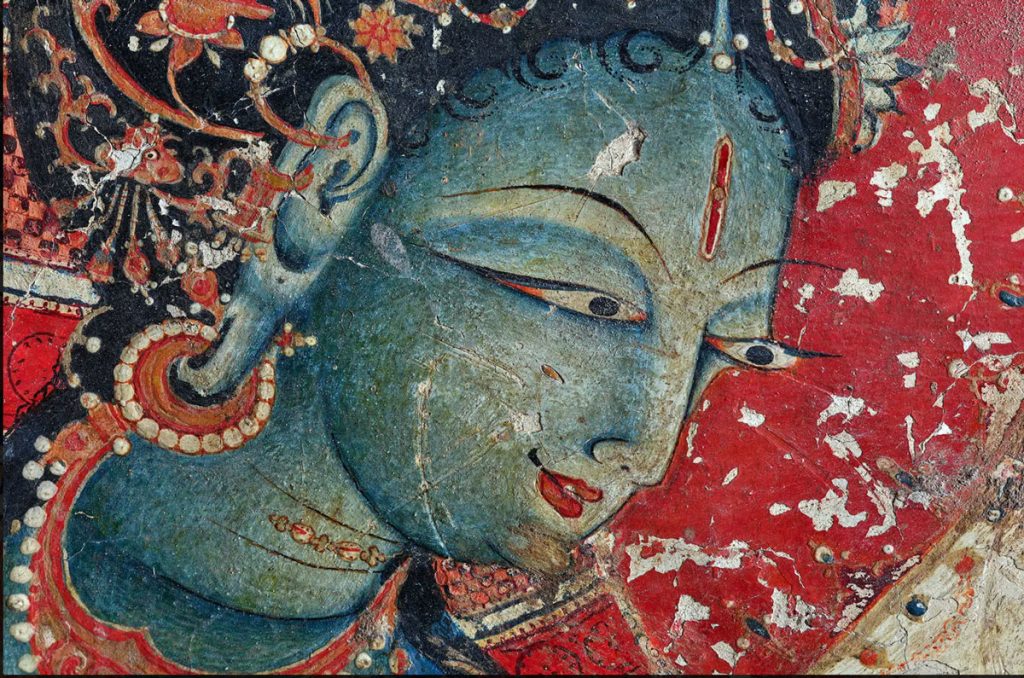Top lot: A Chinese Pale Celadon Jade Ewer
Estimate: $40,000-60,000 Sold for: $263,404
Asian Works of Art from the Collection of the Dayton Art Museum
March 3- March 21, 2023 Sale total: $204,803
Property of An American Collector, Part II
March 14- March 30, 2023 Sale total: $1,242,818
Chinese and Other Asian Works of Art, Part 1 & 2
March 28- April 19, 2023 Sale total: $1,349,458
The last of three sales of Asian art at iGavel, Chinese and Other Asian Works of Art, Part 1 & 2, ended last week, and was the most successful with a total of $1,349,458.
The two other sales included Asian Works of Art from the Collection of the Dayton Art Institute, which achieved $204,803 and Property of An American Collector, Part II, which featured a collection of over 65 rare silk Chinese robes, rang up $1,242,818.
According to Lark Mason, in the most recent sale, a number of pieces caught the eye of Mainland Chinese collectors, and those generally brought the highest prices. Jades were sought after. The top lot overall was a pale celadon Chinese jade ewer which sold for $263,404, (estimate $40,000-60,000) five times its estimate, and a pale celadon Chinese jade boulder from the Qianlong Period (1736-1795) brought $143,750, also greatly exceeding its $40,000-60,000 estimate. As expected, the star of the Dayton Art Institute sale was the Qing dynasty Chinese amber figure of Shoulao (Estimate: $1,200-1,500), which fetched $26,250.
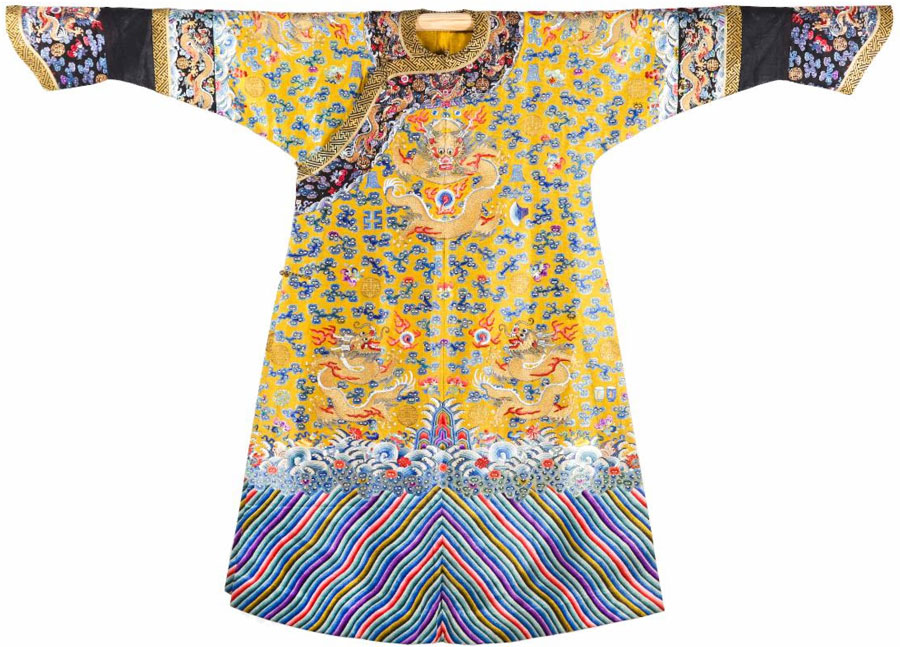
A Qing Dynasty, Manchu Empress’s Twelve Symbol Embroidered Yellow Gauze Robe, Jifu
Estimate: $10,000-20,000 Sold for $100,001
The attention of Chinese and international buyers was focused on the large collection of textiles in Property of An American Collector, Part I, especially the Chinese traditional court robes. Competition was strongest for a rare Qing Dynasty, Manchu Empress’s Twelve Symbol Embroidered Yellow Gauze Robe, Jifu which sold for $100,001 (estimate $10,000-20,000). However, the $90,625 that a rare Imperial Manchu silk gauze semiformal insignia surcoat, Longgua, Qianlong Period, fetched was more of a surprise (estimate $2,000-4,000).
The completion of these auctions marks the conclusion of Asia Week New York 2023 as highlights were on view in March and brings this year’s total sales to $134,064,583.



